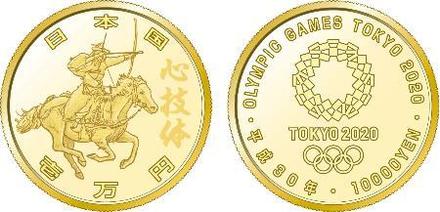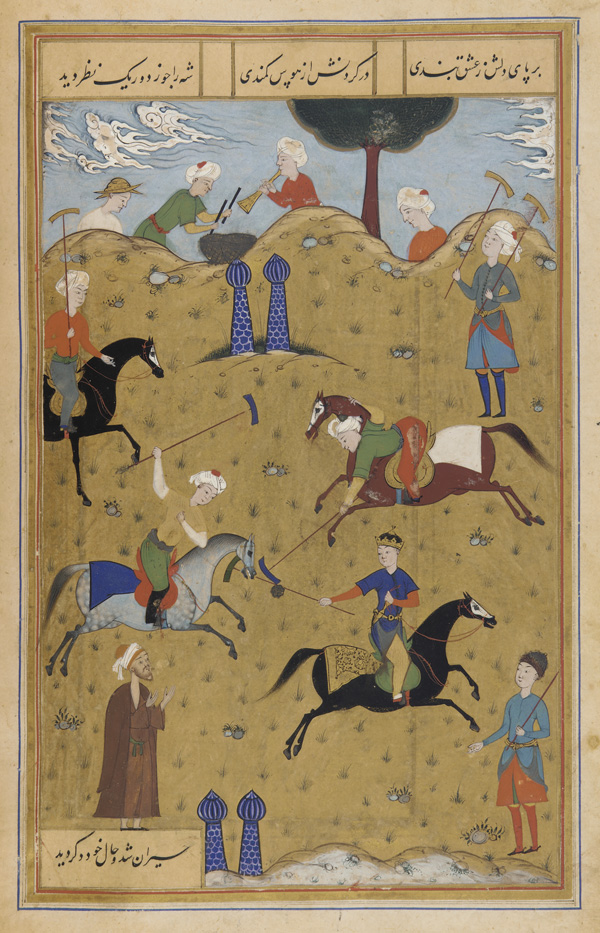
A Persian miniature from the poem Guy-o Chawgân ("the Ball and the Polo-mallet") during Safavid dynasty of Persia, which shows courtiers on horseback playing a game of polo, 1546 AD.
Kazimierz Waluch, the President of the Institute for Sport Development and Education, will participate, as a guest of the World Ethnosport Confederation (WEC), at the 2nd International Ethnosport Forum, "Reviving Traditional Sports", which will take place in Almaty, Kazakhstan, on April 20-21, 2019.



